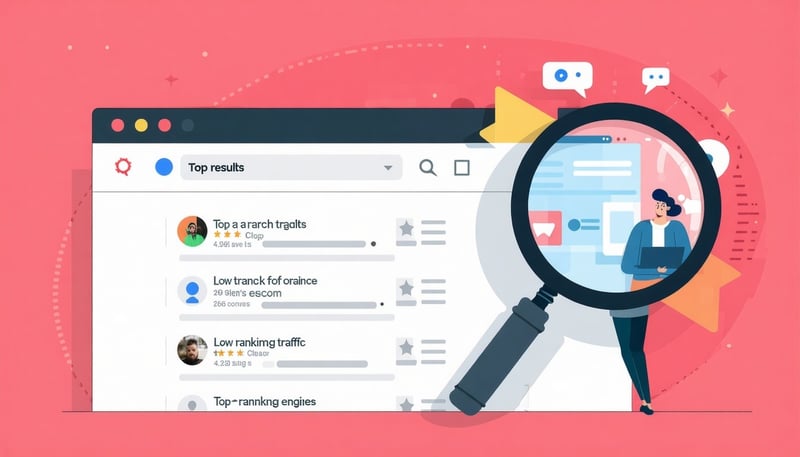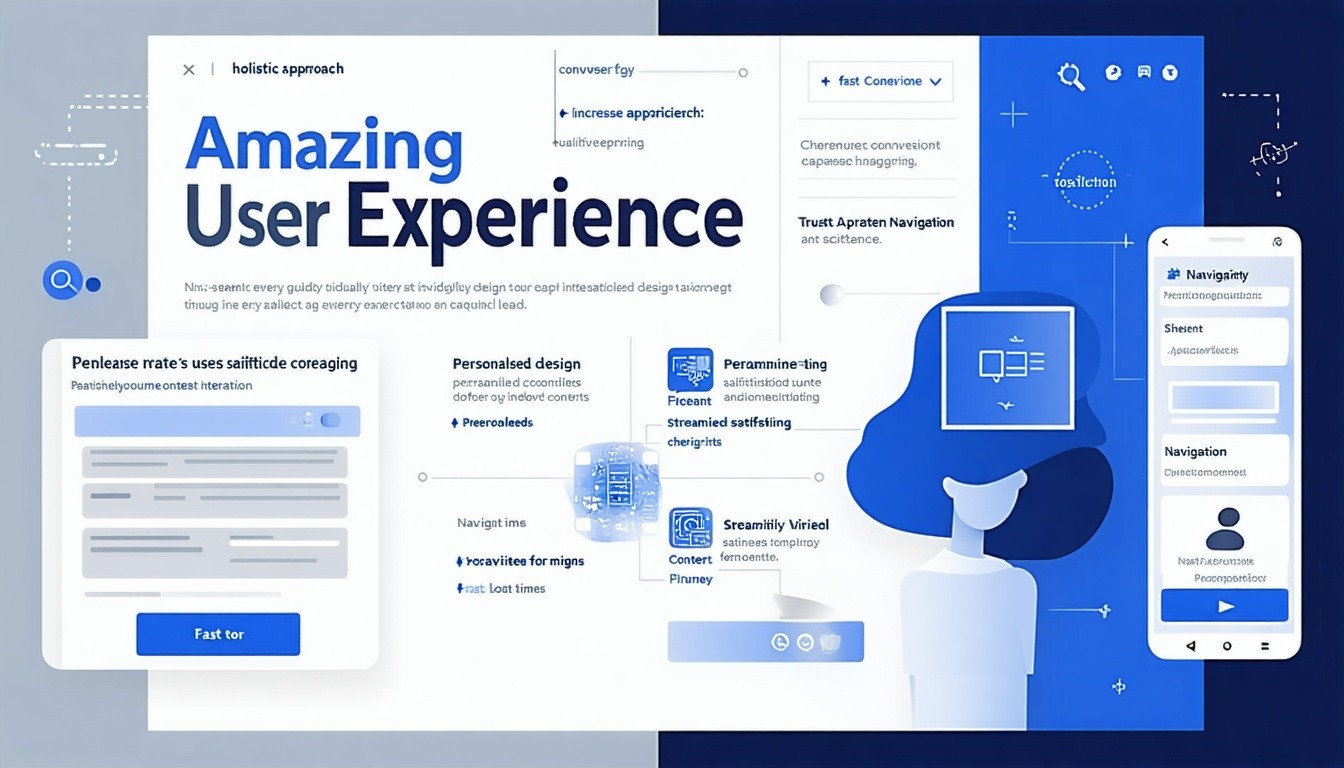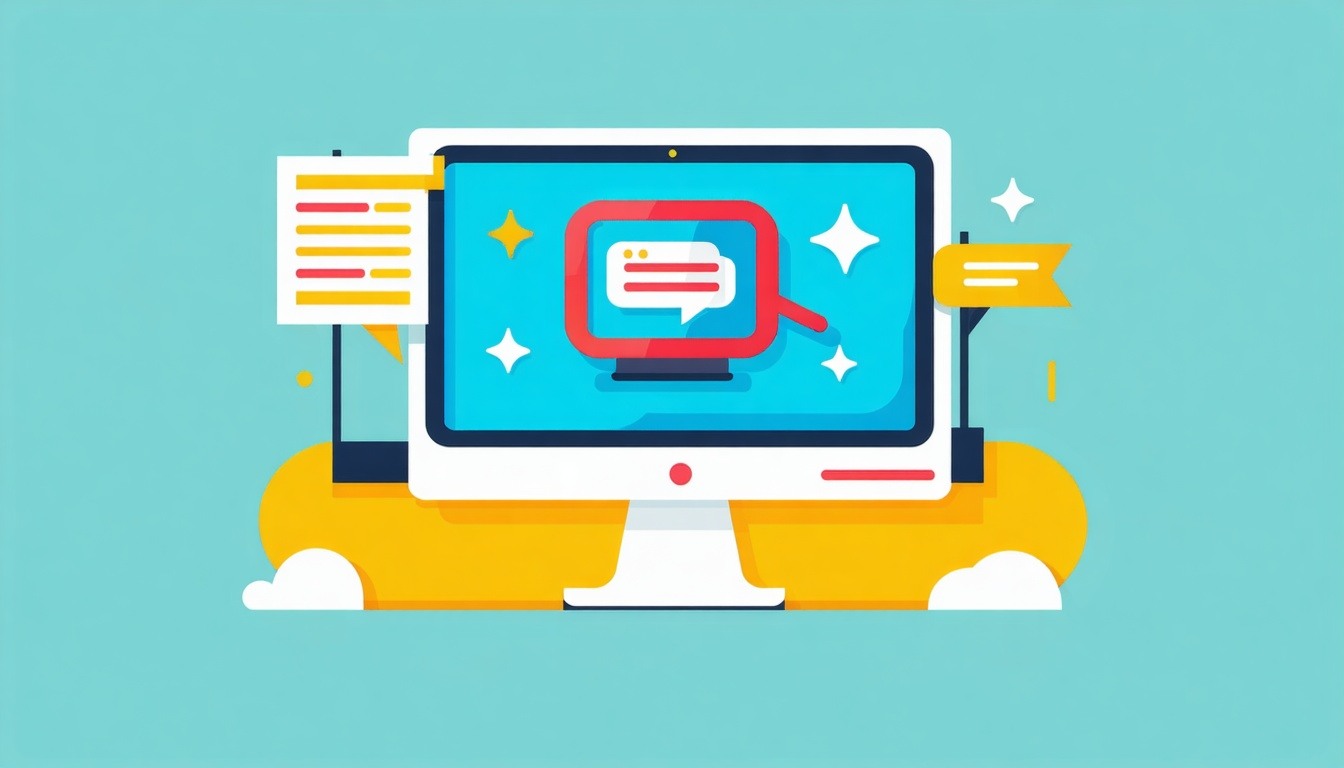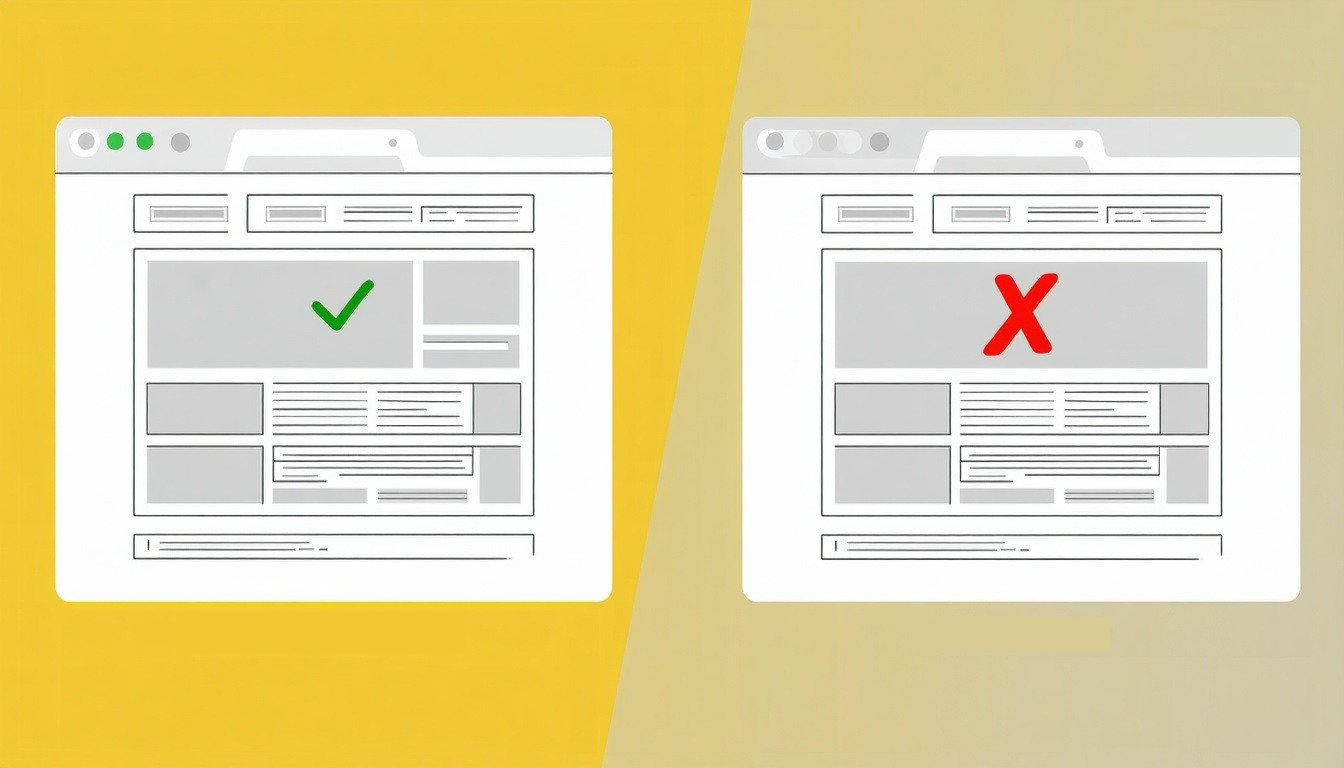Your website is more than just an online presence—it is your most powerful sales tool. When optimized correctly, your website can generate leads, establish credibility, and drive conversions around the clock. However, for many businesses, their website is actually working against them, causing them to lose potential customers instead of gaining them.
If your website is slow, difficult to navigate, outdated, or not optimized for search engines, you are not only losing valuable traffic, but you are also damaging your brand’s reputation. This article will explain the most common issues that prevent websites from converting visitors into customers, why these problems matter, and actionable solutions to fix them.
How a Poor Website Experience is Driving Customers Away
Many business owners assume that having a website is enough. However, simply having an online presence is not sufficient if that website does not provide a seamless, engaging, and efficient experience for visitors. Several common issues can cause potential customers to leave your website before taking any meaningful action.
Slow Loading Speeds Frustrate Visitors and Reduce Conversions
One of the biggest factors affecting website performance is page speed. Today’s consumers expect instant results, and if your website takes too long to load, they will leave. Research has shown that:
- A delay of just one second in page load time can lead to a seven percent decrease in conversions.
- Nearly 40 percent of users will abandon a website that takes longer than three seconds to load.
- Search engines, particularly Google, prioritize fast-loading websites, which means slower sites struggle to rank well in search results.

When a potential customer visits your site, they are looking for information, solutions, or products. If they are forced to wait for pages to load, they will likely return to the search results and visit a competitor’s site instead.
Poor User Experience and Confusing Navigation Increase Bounce Rates
User experience, or UX, plays a crucial role in determining whether a visitor stays on your website or leaves. If a website is difficult to navigate, cluttered, or lacks a clear structure, users will become frustrated and abandon it.
Some of the most common UX mistakes include:
- Complex navigation menus that make it difficult for users to find what they are looking for.
- A lack of clear calls to action, leaving visitors unsure of the next step.
- Broken links or missing pages that create a frustrating experience.
- An overwhelming amount of text or cluttered visuals that make information difficult to process.
A website should be intuitive, guiding visitors seamlessly toward the action you want them to take, whether that is making a purchase, scheduling a consultation, or filling out a contact form.
Outdated or Unprofessional Website Design Hurts Credibility
First impressions matter. When a potential customer lands on your website, they immediately make judgments about your brand based on its appearance. If your site looks outdated, unprofessional, or poorly designed, visitors may assume your business operates the same way.
Studies have found that:
- Thirty-eight percent of users will leave a website if they find the design unappealing.
- Seventy-five percent of consumers admit that they judge a company’s credibility based on the appearance of its website.
- Modern, well-designed websites build trust and encourage visitors to stay longer.
A website that looks outdated or lacks consistency in branding can make a business seem unreliable or behind the times. Investing in professional design helps to build trust with potential customers.
Lack of Search Engine Optimization Prevents Your Business From Being Found
Even the best-designed website is ineffective if potential customers cannot find it. Search engine optimization (SEO) ensures that your website appears in search results when users are looking for services or products you offer. Without proper SEO, your website will struggle to rank, and your competitors will take the top spots.

Key factors that affect your website’s search engine ranking include:
- Poor keyword optimization, meaning your site does not align with what users are searching for.
- A lack of fresh, high-quality content that keeps users engaged.
- Technical issues such as slow load times, broken links, and non-mobile-friendly design.
- Weak backlink profiles, meaning other authoritative websites are not linking to your content.
Without SEO, even a beautifully designed website will go unnoticed, resulting in missed opportunities for traffic and conversions.
How to Fix Your Website and Start Converting More Visitors
If your website is not performing well, the good news is that it can be fixed. By implementing the right strategies, you can transform your website into an asset that works for your business, rather than against it.
Improve Page Speed for a Faster and More Responsive Experience
Page speed is one of the most important factors in both user experience and SEO rankings. A slow website frustrates visitors and leads to lower search visibility. To improve page speed, consider the following:
- Optimize images by compressing large files without sacrificing quality.
- Use a content delivery network (CDN) to ensure faster load times across different locations.
- Enable browser caching so that returning visitors experience faster page loads.
- Minimize the use of unnecessary plugins, scripts, and code that slow down performance.
- Choose a reliable web hosting provider that offers fast loading speeds and uptime reliability.
By improving page speed, you can significantly reduce bounce rates and improve overall user satisfaction.
Enhance User Experience with Simple and Intuitive Navigation
A great website should make it easy for visitors to find what they need and take action. To enhance UX:
- Streamline navigation menus so that users can find key information quickly.
- Use clear, concise headings and categories to improve content organization.
- Implement strong, visible calls to action that guide visitors toward desired actions.
- Ensure your site is fully mobile-responsive, as a significant portion of web traffic comes from mobile devices.

A website that is intuitive and easy to use will keep visitors engaged and more likely to convert.
Invest in Professional, Modern Web Design
Your website should reflect the professionalism and quality of your business. If it looks outdated or unprofessional, it is time for a redesign. To improve design:
- Use a clean and modern layout with high-quality images and graphics.
- Ensure fonts and color schemes align with your branding for consistency.
- Incorporate trust signals, such as customer testimonials and industry certifications.
- Avoid excessive pop-ups or distractions that take away from the user experience.
A well-designed website builds credibility and makes a positive first impression on potential customers.
Optimize for Search Engines to Improve Visibility
SEO is essential for attracting organic traffic and ensuring your business appears in search results. To optimize for SEO:
- Conduct keyword research to identify relevant search terms for your industry.
- Use optimized title tags, meta descriptions, and header tags throughout your site.
- Create high-value content, such as blogs and guides, that keep visitors engaged.
- Build backlinks from reputable websites to increase domain authority.
A strong SEO strategy ensures that more people find your website and engage with your business.
Turn Your Website Into a Revenue-Generating Asset
Your website should be a tool that helps your business grow, not an obstacle that drives customers away. If your site is slow, difficult to navigate, outdated, or not ranking in search engines, you are losing potential leads and sales every day.
At Theia Media Agency, we specialize in building, optimizing, and redesigning websites that are designed for performance, conversions, and search visibility.
If you are ready to take your website to the next level:
- Request a free website audit to identify areas for improvement.
- Schedule a consultation to discuss how we can optimize your site for better results.
Contact us today to transform your website into a high-performing sales tool.











